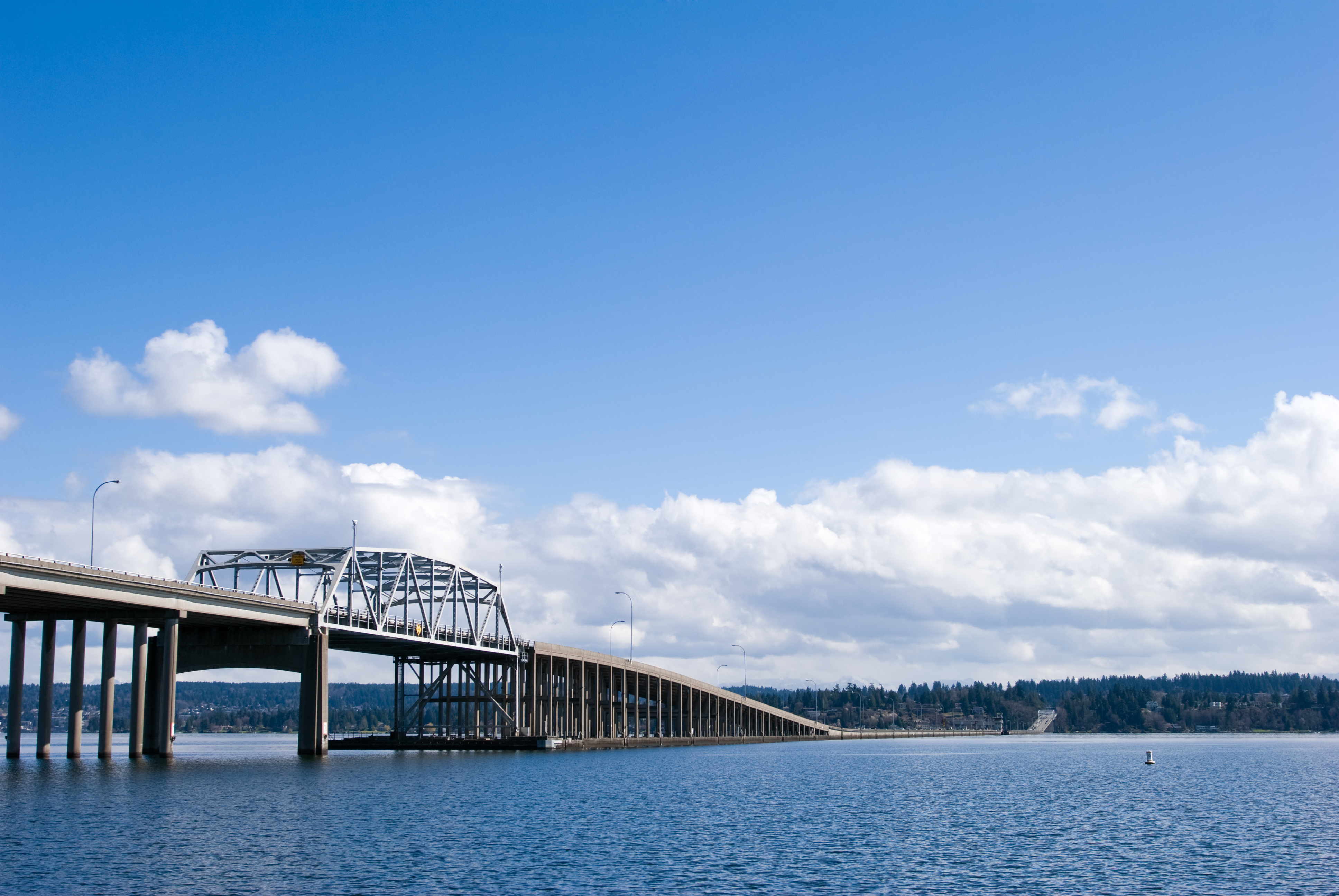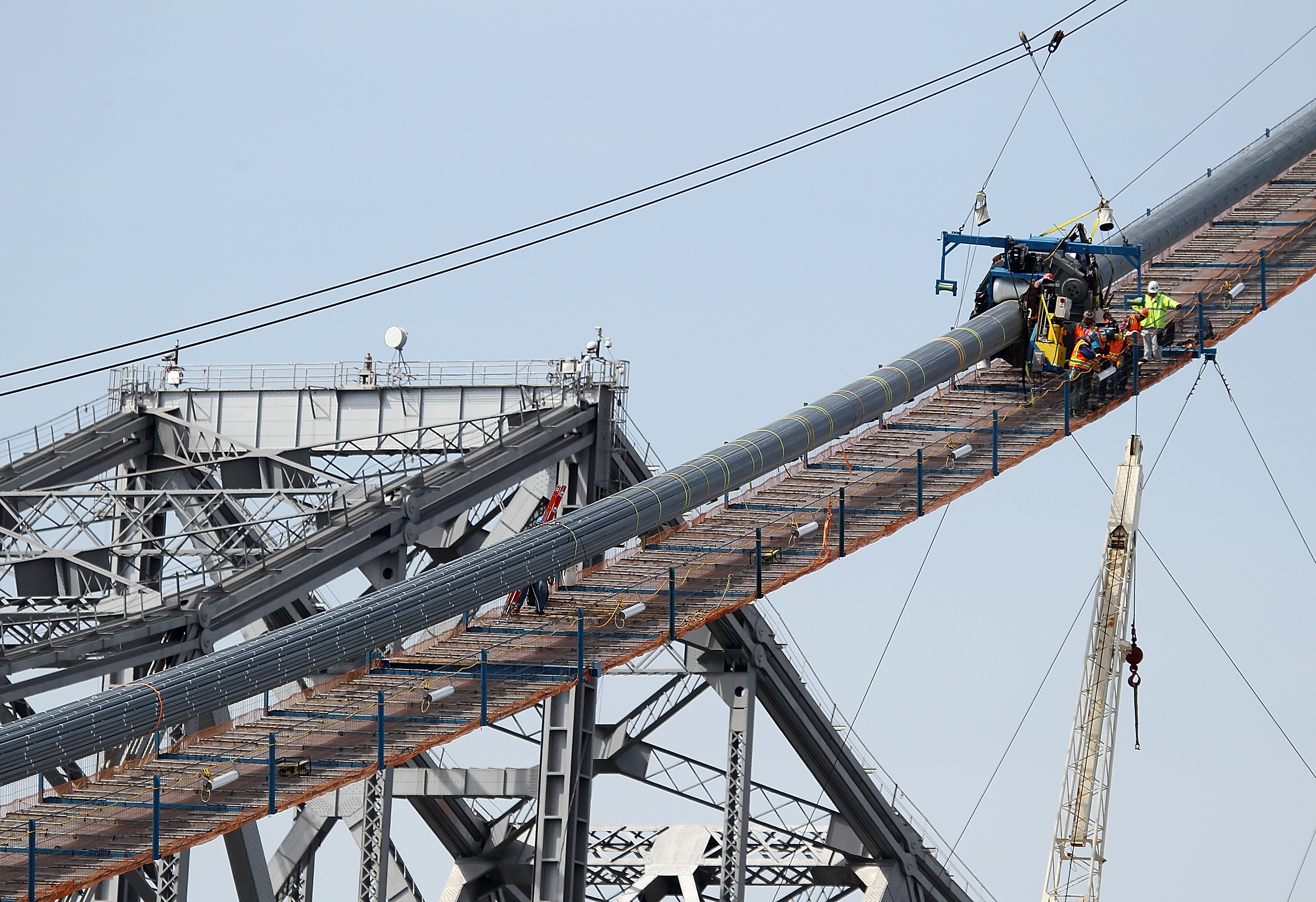Watch: Years of concerns preceded Port Mann’s hail of ‘ice bombs’

This has been a rough couple of years for Kiewit Corp’s west-coast bridges.
In the past year, two ambitious bridges it’s working on – one in California, the other in Washington – have become mired in concerns about design and structural integrity.
And a year before sheets of ice fell from hundreds of Port Mann Bridge cables onto drivers below, plummeting ice bombs closed Seattle’s Kiewit-built Tacoma Narrows bridge.
Kiewit hasn’t been singled out for criticism by authorities in any of these cases, in which it’s often one contractor among many; in Washington’s case, heads rolled at the state’s department of transportation over design errors.
As for last winter’s ice storm in Seattle, “you could probably find any number of bridges around the world that weren’t build by Kiewit that have had similar issues,” said Kiewit spokesman Tom Janssen, “as long as they’re in similar environments in a freak weather event.”
Washington’s SR 520
The SR 520 is the world’s biggest floating bridge, according to the Washington State Department of Transportation. It’s also aging and in danger of “catastrophic failure” in an earthquake. A new deck, anchor cables and set of pontoons are supposed to fix that, with Kiewit a major contractor on the project.
But just when that will happen is up in the air after a series of setbacks, cracked pontoons and spalling concrete.
“It’s frankly been a painful process for Washington state DoT,” said spokesperson Suanne Pelley.
What was supposed to be a project designed and built by a contractor became one designed by the transportation authority and built by a contractor.
But “there were disagreements within the agency about how the contract should be, whether everything was followed properly or not,” Pelley said.
Among the issues was whether a thermal control plan, designed in cases of extreme weather, was properly followed through.
Internal reviews published over the past several months referred to problems or inconsistencies in fulfilling contract requirements. Pelley could not elaborate on what those were.
But it was a pair of design errors by the transportation department that caused the most trouble: No sooner had pontoons been redesigned to prevent the spalling that dislodged chunks of concrete at one location, then several other pontoons were found to be cracked.
“The issues with the pontoons in Washington led to a thorough internal review and acknowledgement that design changes needed to be made and that, in fact, the department hadn’t followed all of its procedures,” Pelley said.
“That has resulted in the demotion of one person, the termination of another and has launched, in fact, another round of internal reviews.”
California’s Bay Bridge
A Kiewit-led consortium is constructing parts of the bridge’s concrete foundation – a major player among multitudes of contractors on this project. In June of 2012, the Sacramento Bee reported the consortium initially failed to disclose the results of a seismic safety test on part of the concrete foundation they’re building on the San Francisco-Oakland Bay Bridge – results that indicated a sizable defect (more than five metres long) in the pile. A different type of test conducted later showed the pile to be fine. But, reporter Charles Piller wrote, failure to repeat the initial test means they don’t know whether the problem’s still there.
An op-ed rebuttal from the head of Caltrans, the state transportation authority, slammed Piller’s article as misleading, said subsequent tests found the foundations were safe and demanded a retraction.
Now an expert panel – the second, convened after a first was deemed to have too many conflicts of interest – is poised to release a technical review of the bridge tower’s foundation. A Caltrans spokesman wouldn’t respond to questions about the Bee article or the bridge’s foundation but said the report would be released “soon.”



Comments